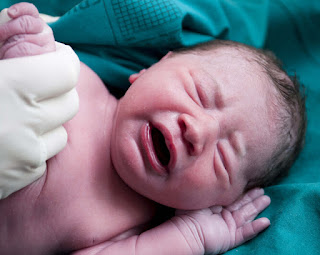Cerebral palsy can take on many forms. Due to the wide variety of types
possible, the symptoms that characterize this disability are also very diverse.
There are two types of cerebral palsy, hemiparetic and hemiplegic, share very
similar symptoms, although they are different. With both forms, the result is a
person who only has one side of their body affected by the disorder. Of the two,
hemiplegic is the more serious version and involves complete paralysis of the
side afflicted. Someone with hemiparetic cerebral palsy will only have mild
paralysis on the side suffering from it and some muscle weakness.
What Causes Hemiparetic and Hemiplegic Cerebral Palsy?
Like all forms of cerebral palsy, hemiparetic and hemiplegic both have their
origins in a brain injury. These two forms also account for roughly 60% of all
those with cerebral palsy in the United States. Typically, they are diagnosed
with the disorder before turning three.
According to the American Medical Association (AMA), a few risk factors are
shared by those with the disability. These are:
Asphyxia during birth
Placental or maternal infection
Congenital heart disease
Mother and infant blood incompatibility
Infant stroke
In at least two thirds of the cases, infant stroke is to blame. Usually, this
will cause a seizure in the infant within a few days of being born. However,
there are many cases where the seizure’s effects are not noticeable until months
after the birth or even years later.
Like we said earlier, children who have hemiparetic cerebral palsy are not
completely paralyzed. It is either the right or left side of their body that
suffers from general weakness. However, this can make it very challenging for
the person to carry out everyday activities.
Children who have hemiplegic cerebral palsy have absolutely no use of one
side of the body. This means their shoulder; arm, hand, leg and foot are all
completely paralyzed.


No comments:
Post a Comment